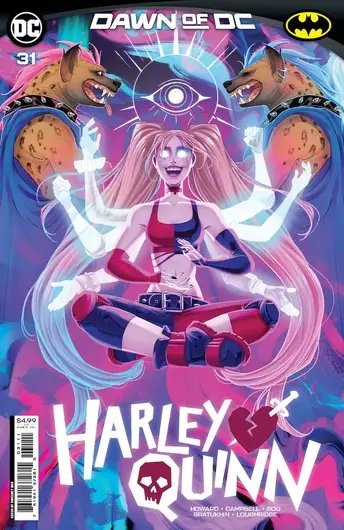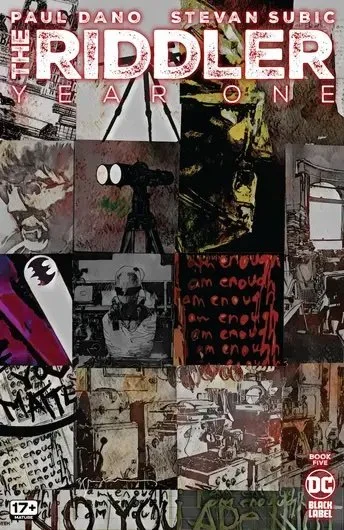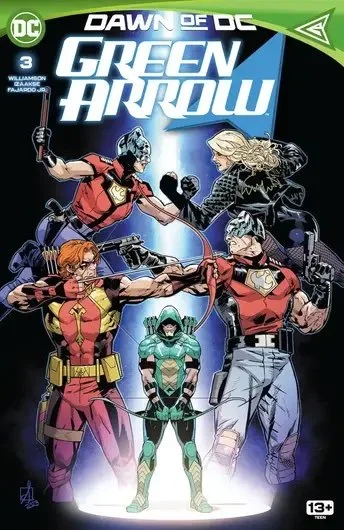Harley Quinn #31 // Review
Poison Ivy has had a hell of a time getting back to Gotham City. Now that she has finally arrived, she has come to find her girlfriend missing. This is a bit disconcerting given her history, her psychological makeup, and the fact that there was an invoice for a purchase of a cosmic treadmill that she evidently purchased from the Flash Museum. Things are very, very complicated and equally silly in Harley Quinn #31. Writer Tini Howard continues a fun journey through weird angles of the DC Universe that are tricked into appearing on the page by artist Sweeney Boo.
The receptionist at the Flash Museum in Central City is about as much help as she can be. She doesn’t know anything about the sale, and they’re really not in the business of providing potentially dangerous tech to the general public. Ivy doesn’t have a whole lot of time to pursue it. She has a couple of hyenas to let out. Meanwhile, Harley is being attacked by a super rabbit that is rather distressingly named Captain Carrot. Harley has more or less irrevocably destroyed the super rabbit’s home dimension, and now things have gotten very, very upsetting for her.
Howard walks a fine line with the script. The story needs to straddle serious drama and incredibly silly screwball comedy. It’s never an easy thing to try to balance both of those elements at the same time, but Howard seems to be doing a pretty good job of it. The extreme silliness of the overall premise provides a launching point. The serious drama falls into place around the humor without compromising the fun absurdity of it all. Harley is lost in the multiverse. Ivy is forced to deal with complications back home. It’s a simple backdrop for a whole lot of enjoyable strangeness.
Sweeney Boo is a really good choice for Howard’s distinct brand of energy. The artist generally maintains a balance between seriousness and humor. There’s a cartoonish visual that seems to coat everything without overpowering it. Some of what’s going on is taking place in the home universe of Captain Carrot. It would be nice to see more of a contrast between the serious DC Universe and Captain Carrot’s world, but Howard isn’t making as strong a distinction between seriousness and absurdity either, so the artwork style is right at home with the script that Howard is asking it to deliver.
Harley has been all over the place in the past few years. Howard might be having fun with throwing Harley into some weird journey through various different worlds, but it’s really, really difficult to do that with Harley in a way that feels fresh or new. She’s had some very big conflicts that have hit the page in a number of different ways, and Howard simply isn’t putting anything in front of Harley that readers haven’t already seen before. This compromises the wild irreverence of Harley’s energy. As the issue opens, it DOES feel like anything could happen. It’s just a little hard to engage with the energy as a reader at this stage.









